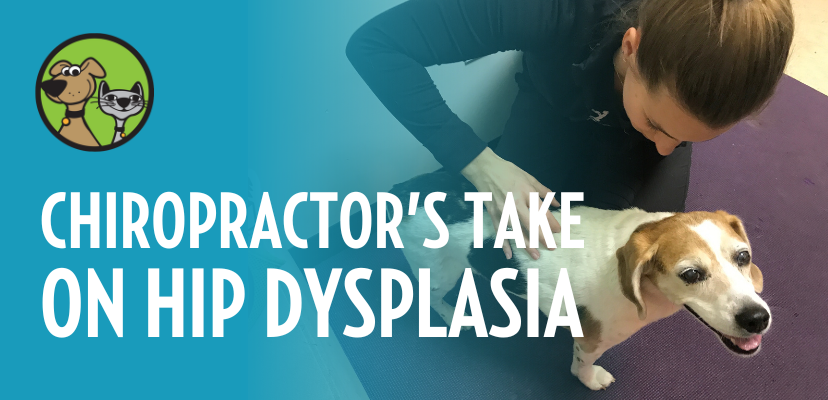Hip dysplasia does not have to be the sentence of doom it once was and, more often than not, it can be managed in both an affordable and non-invasive way.
Hip dysplasia is becoming an all too common problem for canines today. What was once a rarity is now a regular diagnosis, affecting approximately four percent of the canine population. There are many theories as to why hip dysplasia has suddenly become more prevalent. Some point to genetics being the only factor, others reference environment, nutrition, and activity level. The best theories are those that combine all of the above.
As technology advances, we continue to develop new treatments to treat a wide variety of conditions. One of the new medical technological breakthroughs in pet health utilizes lasers.




